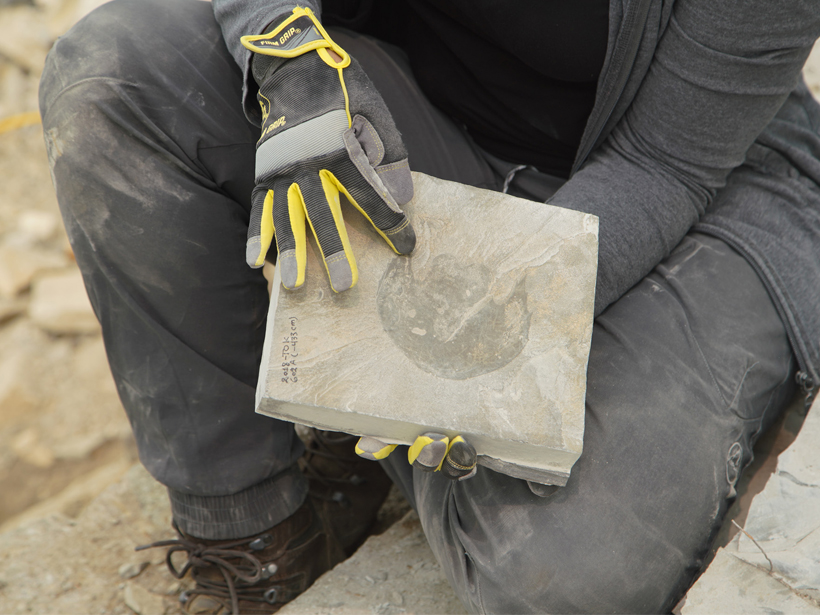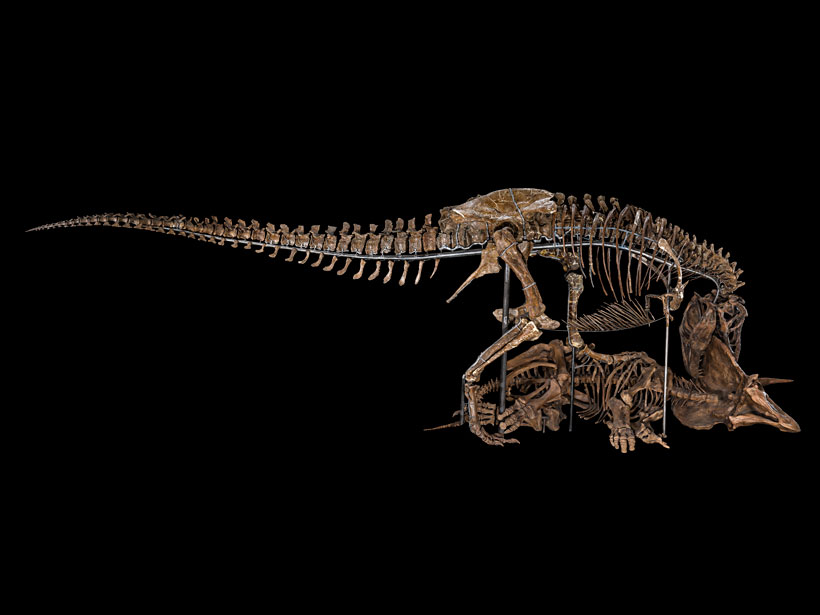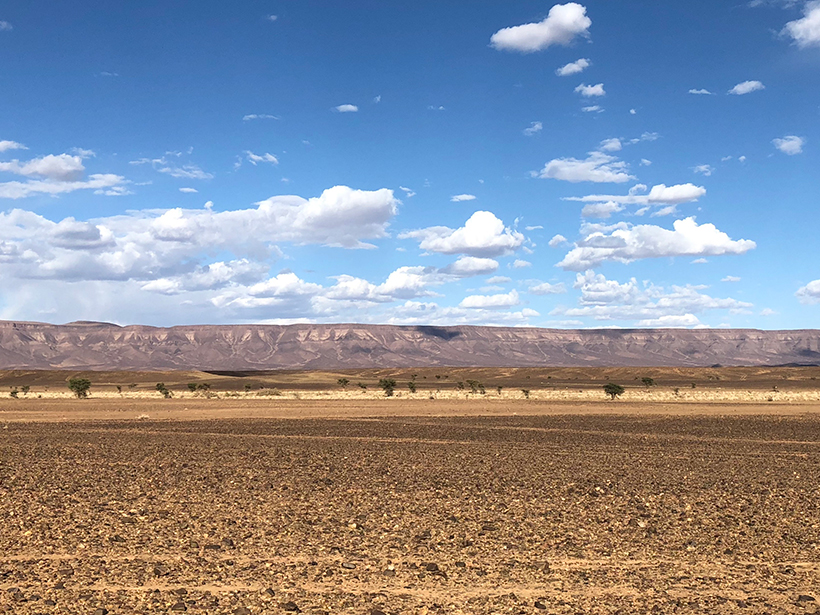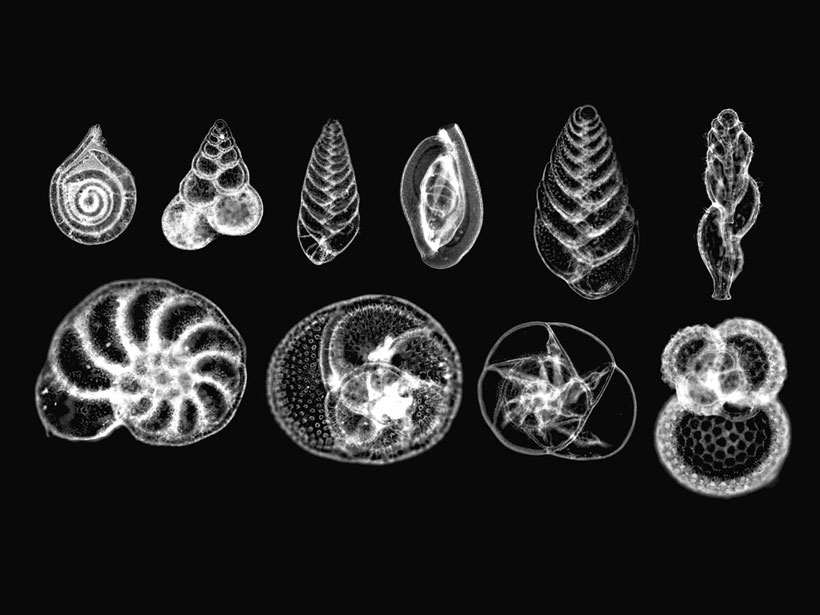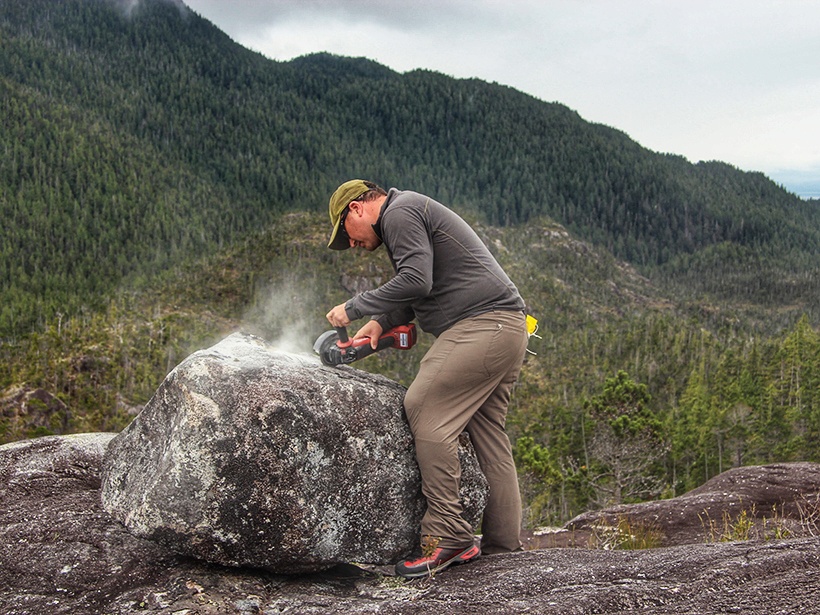The 500-million-year-old species is a distant relative of today’s crabs, spiders, and insects.
fossils & paleontology
Nineteen Eighty-Forams
Facial recognition technology is helping researchers identify marine microorganisms.
Dinosaurs Roar Again, Now Including a Focus on Climate Change
The newly renovated fossil hall at the Smithsonian’s National Museum of Natural History features spectacular fossils and includes a theme of human impact on life on Earth.
Earth’s Eccentric Orbit Helped Preserve Rare Soft-Tissue Fossils
Cyclical changes in Earth’s orbit helped to preserve rare fossils in Morocco.
King of the Tyrannosaurs Goes on Display
The biggest, oldest T. rex found to date shows how big tyrannosaurs could get.
How Did We Get Here?
With a discovery made from fossils in the seabed, paleoceanographers and paleoclimatologists began tracing the delicate path between ancient eras and our future.
Scientists Discover Pristine Collection of Soft-Tissue Fossils
The fossils include jellyfish, box jellies, branched algae, and sponges, which are underrepresented in or missing from other deposits.
More Evidence Humans Migrated to the Americas via Coastal Route
A new chronology shows that ice-free areas existed along the British Columbia coast earlier than previously thought.
Extinct Megatoothed Shark May Have Been Warm-Blooded
Preliminary results from a recent study may begin to shed light on why megalodons died out before the most recent ice age.
Neanderthals Likely Ate Rotten Meat
Neanderthals have long been painted as meat-eating machines. But could a new look at a dietary proxy and how it changes when meat rots uncover insights into what these extinct hominids really ate?

